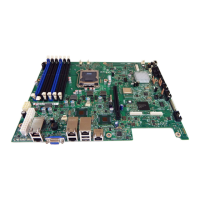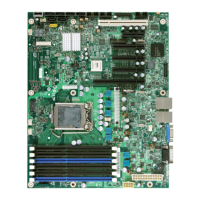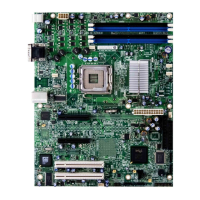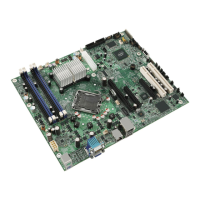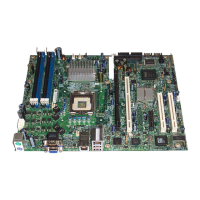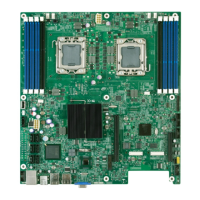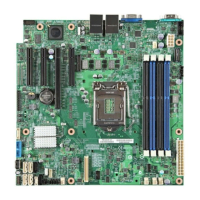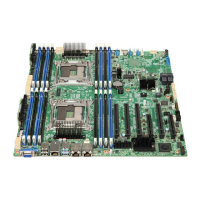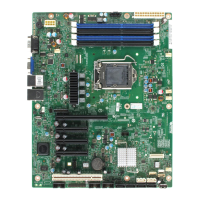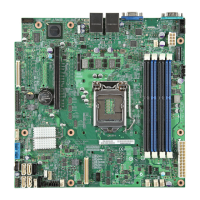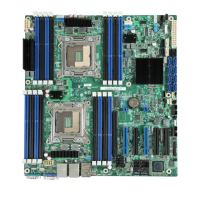Citrix* XenServer* 5.5.0 Installation Guide -
Intel® Server Board S3420GP
34
The desired root password for the XenServer* host.
Where the packages should be installed from.
Attributes:
type: url, nfs, or local
If local, leave the PCDATA empty. For example,
<source type="url">
http://server/packages
</source>
<source type="local" />
<source type="nfs">
server:packages
</source>
Where the post-install-script is.
Attributes:
type: url, nfs, or local
If url or nfs, put the url or NFS path in the PCDATA; if local, leave the PCDATA
empty. For example,
<source type="url">
http://server/scripts
</source>
<source type="local" />
<source type="nfs">
server:scripts
</source>
The single network interface to be used as the host administration interface.
Attributes:
proto: dhcp or static
name: eth0 for example.
Children:
<ip>: The IP address, if proto="static"
<subnet-mask>: The subnet mask, if proto="static"
<gateway>: The gateway, if proto="static"
All three child elements are required if proto="static"
In the format used by the TZ variable, e.g., “Europe/London” or
“America/Los_Angeles”.
The name of a nameserver. Use one of these elements for each nameserver to
nominate.
Specify if a hostname is to be set manually.
Specify which bootloader to install for startup time. Only change this if there are
booting problems. Currently either “grub” (the default) or “extlinux”.
Table 5 – Elements of an Answerfile
Automated upgrades are also possible by varying the answerfile in the following manner:
1) Set the mode attribute of the installation element to “reinstall”.
2) Specify the disk the existing installation is on with the “existing-installation” element.
3) Leave the “primary-disk” and “guest-disk” elements unspecified. For example:
<?xml version="1.0"?>
<installation mode="reinstall">
<existing-installation>sda</existing-installation>
<keymap>us</keymap>
<root-password>mypassword</root-password>
<source type="url">http://pxehost.example.com</source>
<post-install-script type="url">
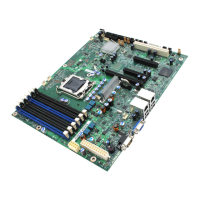
